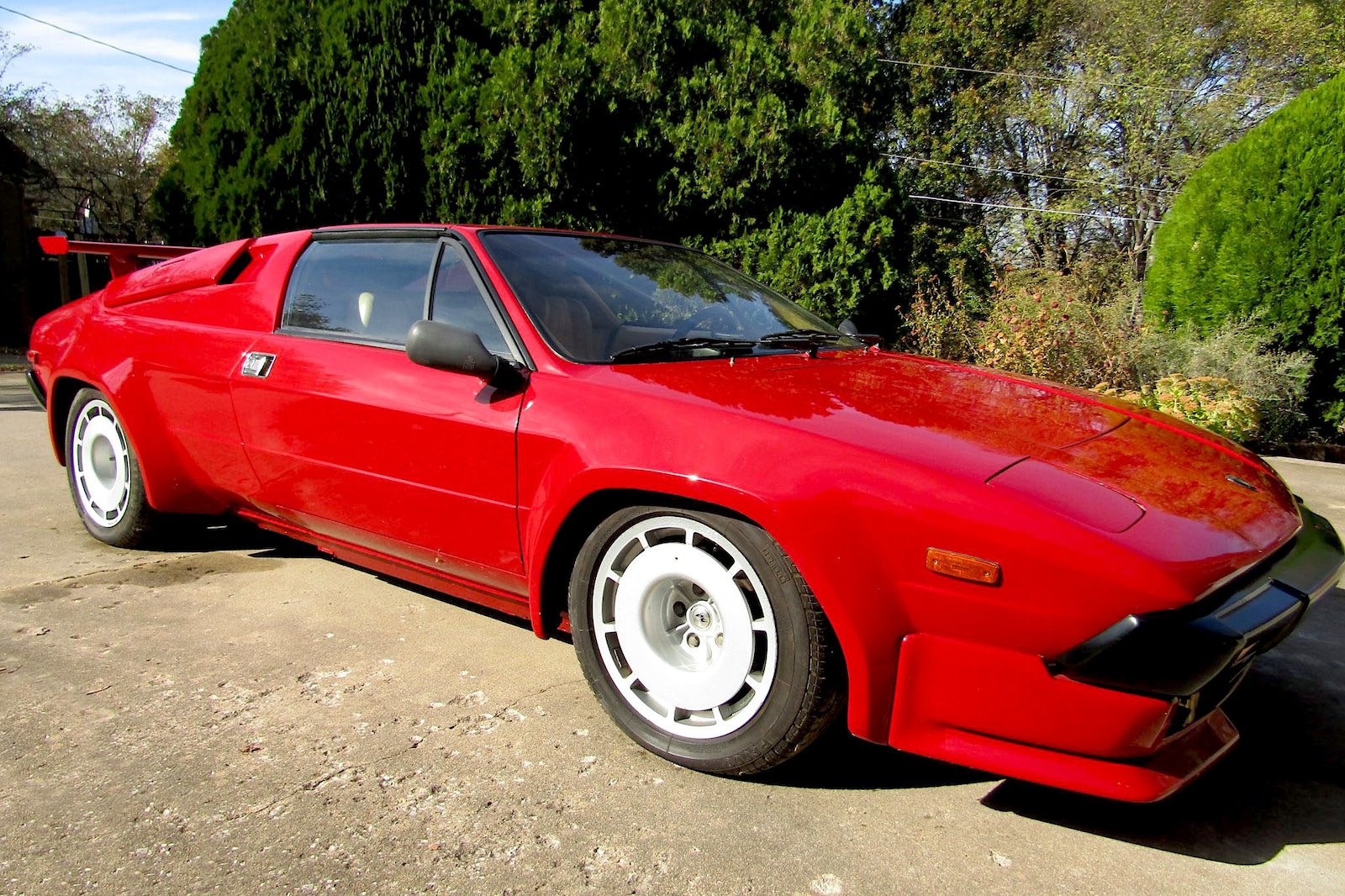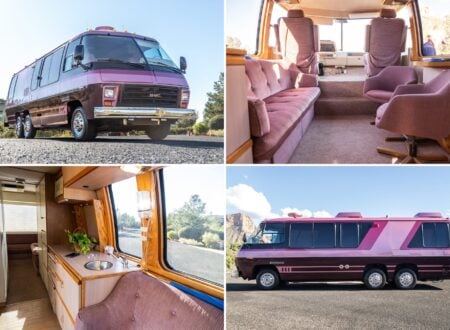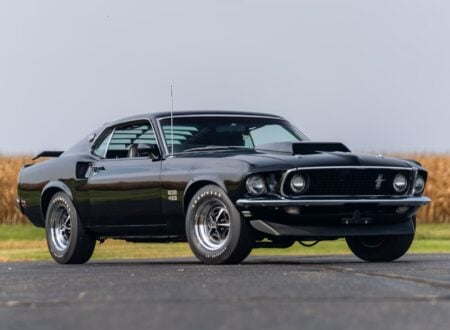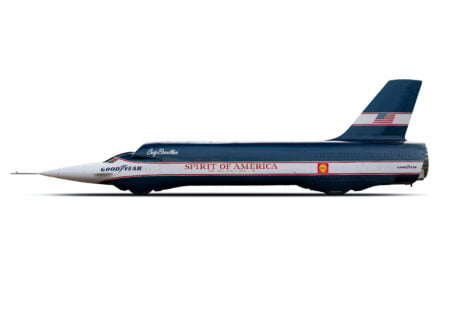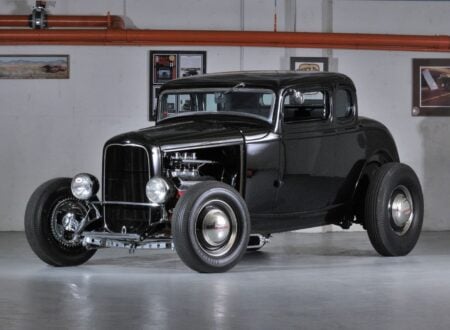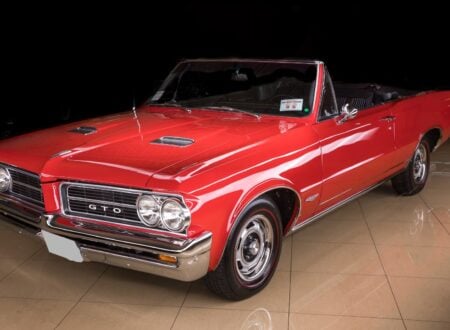This 1984 Lamborghini Jalpa is being offered for sale as a project car out of Missouri. It’s one of 410 that were made, and importantly, it still has its mid-mounted 3.5 liter V8 and 5-speed manual transaxle in place.
The Jalpa was a sports car developed to compete at a much lower price point than the flagship Countach. It’s now been largely forgotten, but owners will be quick to tell you it drives better than its big brother, and its much easier to live with day-to-day.
Fast Facts – The Lamborghini Jalpa
- The Lamborghini Jalpa was developed as a more affordable and accessible alternative to Lamborghini’s flagship model, the Countach. Introduced in 1981, it was named after a famous breed of fighting bulls, continuing Lamborghini’s long-running naming tradition. The Jalpa was intended to compete with the lower-tier Ferrari models and the Porsche 911.
- Designed by Giulio Alfieri and Marc Deschamps at Bertone, the Jalpa featured the sharp, angular lines popular during the era. It had a targa top, and it was powered by a 3.5 liter V8, making it the last V8 Lamborghini until the release of the Urus SUV in 2018.
- The Jalpa’s V8 delivered approximately 255 bhp at 7,000 rpm, which gave it a 0 to 60 mph time of 5.8 seconds – respectable for the time. It had a top speed of 155 mph and it was said to be far more user-friendly as a daily driver than the Countach.
- During its production run from 1981 to 1988, the Jalpa was somewhat successful in terms of sales, with approximately 410 produced. This made it one of the higher production vehicles for Lamborghini at the time, though it didn’t achieve the widespread popularity of its competitors like the Ferrari 308 GTB/GTS and the later 328 GTB/GTS.
Lamborghini’s Porsche 911 Killer
The Lamborghini Jalpa was developed on the earlier Lamborghini Silhouette platform as a more affordable vehicle positioned under the Countach and targeted squarely at the Porsche 911 and Ferrari 308 GTB/GTS.
Above Video: This episode of Hagerty’s “Flat Out” series showcases the Lamborghini Jalpa being pushed hard around a track – with no music overlaid to you can hear the engine in all its glory.
Ultimately the Jalpa wouldn’t sell in numbers anywhere near the 911 or the 308 series, both due to internal difficulties at Lamborghini at the time and because the Italian automaker simply didn’t have the production capacity.
Much like the Silhouette that came before it, and the Urraco that came before that, the Jalpa was powered by a mid-mounted V8 engine with power sent to the rear wheels via a 5-speed manual transaxle.
The use of a more modern steel unibody chassis meant that the Jalpa felt more spacious inside than the Countach which used a steel spaceframe chassis requiring high, wide sills. Interestingly, the Jalpa was slightly larger than the Countach in all dimensions except width at 1,880mm vs 2,000mm.
Lamborghini gave the Jalpa a version of the same V8 that had been used on the earlier Silhouette (and the earlier still Urraco). It was a 3.5 liter unit with double overhead cams, four valves per cylinder, and 255 hp at 7,000 rpm and 225 lb ft of torque at 4,000 rpm in the optimal European specification.
Performance was respectable by the standards of the time, with a 0 – 60 mph time of 5.8 seconds and a top speed of 155 mph. The Jalpa offered a similar driving experience to the Ferrari 328 though the styling was quite a bit louder. The car was fitted with independent suspension front and back, as well as four-wheel ventilated disc brakes which offered plenty of stopping power.
Inside the car you would find two seats, minimal space for bags or luggage, leather upholstery, thick carpeting, a gated manual shifter, and a removable targa-style roof panel. The front trunk was exceedingly small and essentially useless for cargo, but there was a good-sized trunk in the rear behind the engine that could take a couple of sets of golf clubs.
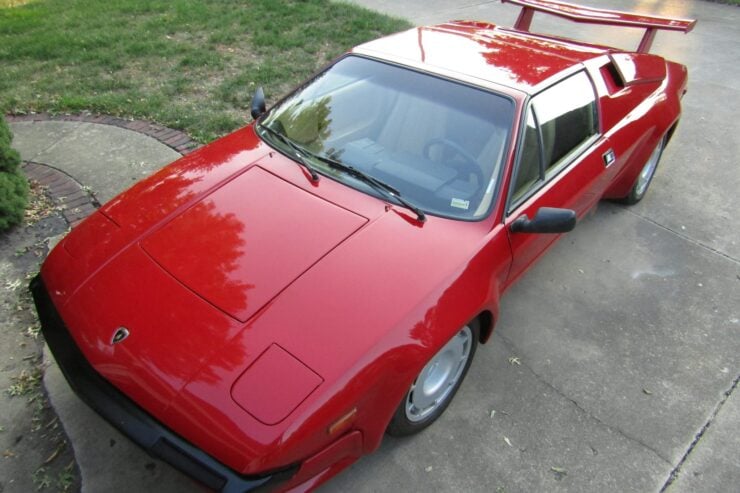

By the time Chrysler took Lamborghini over in 1987 the sales of the Jalpa were falling and production was cancelled with 410 made in total.
Today many consider the Jalpa to be one of the best-kept secrets in the Lamborghini back catalogue as the cars are much more easy to live with than the Countach while still having undeniably good looks thanks to Bertone and excellent performance.
The Lamborghini Jalpa Project Car Shown Here
The 1984 Lamborghini Jalpa you see here is a car that should definitely be approached with caution as it’s most certainly a project car and it will take a skilled set of hands (or a skilled team) to get it running and back on the road again.
The listing notes that it’s being sold on behalf of the owner by his son, the owner is said to have bought the car in 2004 and he’s owned it ever since. The car was originally imported to the US by Performance Motor Imports of Metairie, Louisiana, in November of 1984.
This Jalpa is finished in red and it has tan upholstery over red carpeting throughout. It rides on its original 16″ OZ Racing wheels and it still has its rear wing and removable targa top in place.
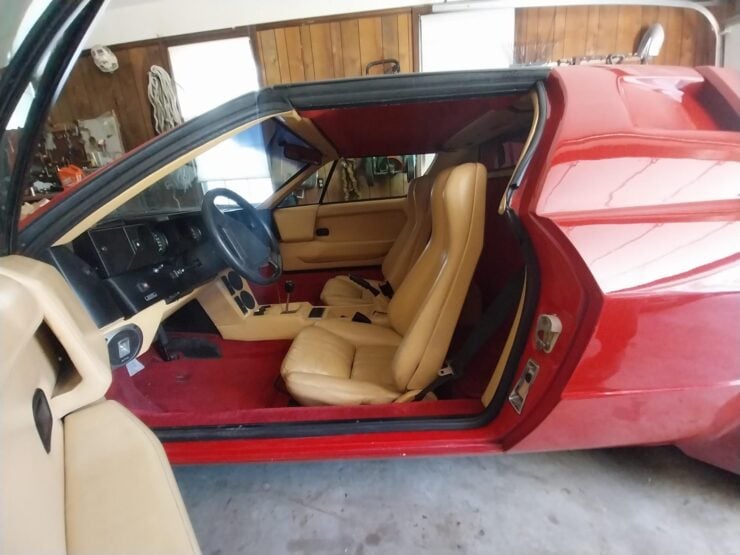

The seller notes that the car hasn’t been started in over a decade and explains that the starter motor doesn’t work, the alternator isn’t connected, and that there’s a knocking noise coming from the engine. This is all a very strong indication that a full engine rebuild is going to be required at the very least, as it’s unlikely to be as simple as just hooking up the alternator and replacing the starter motor.
The car is now being offered for sale out of Harrisonville, Missouri on Bring a Trailer. If you’d like to read more about it or register to bid you can visit the listing here.
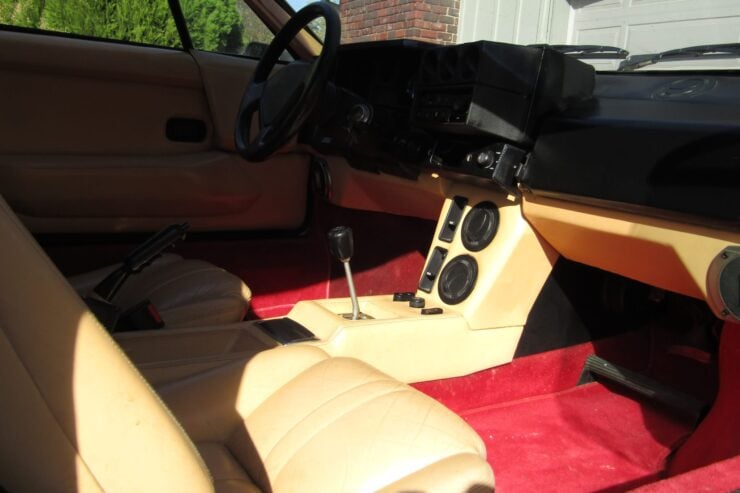
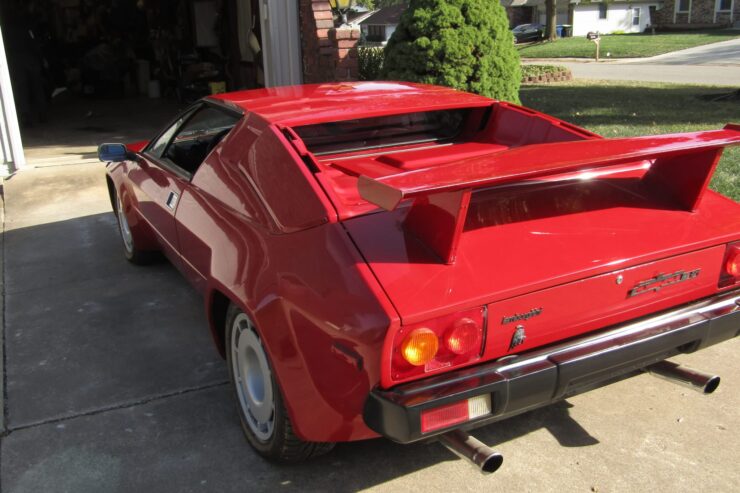
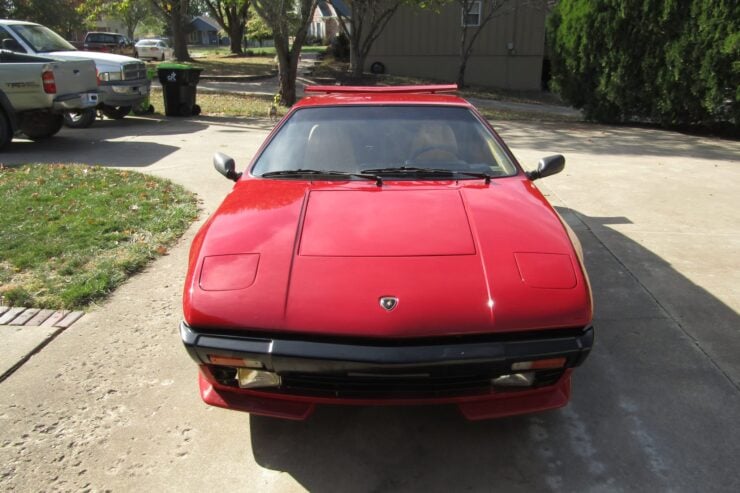
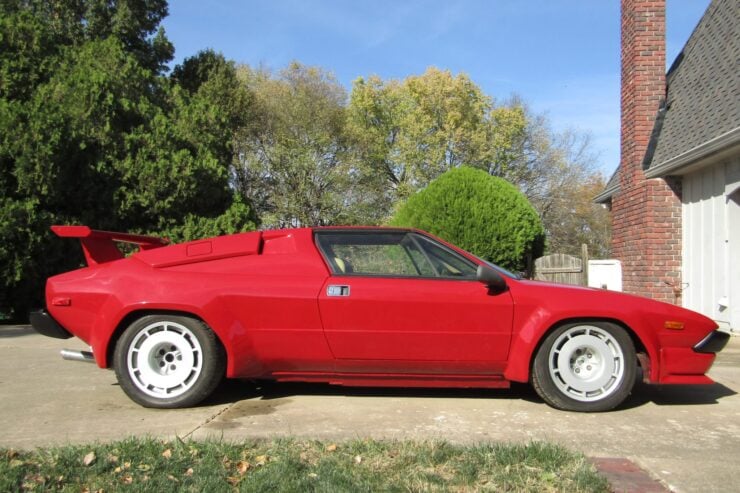
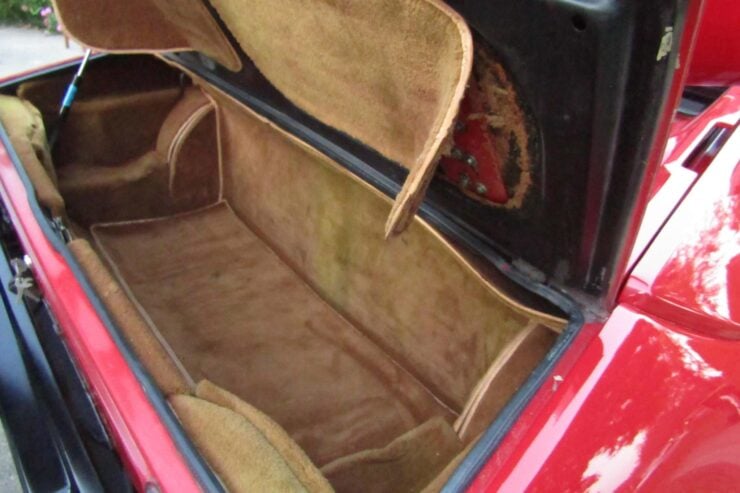
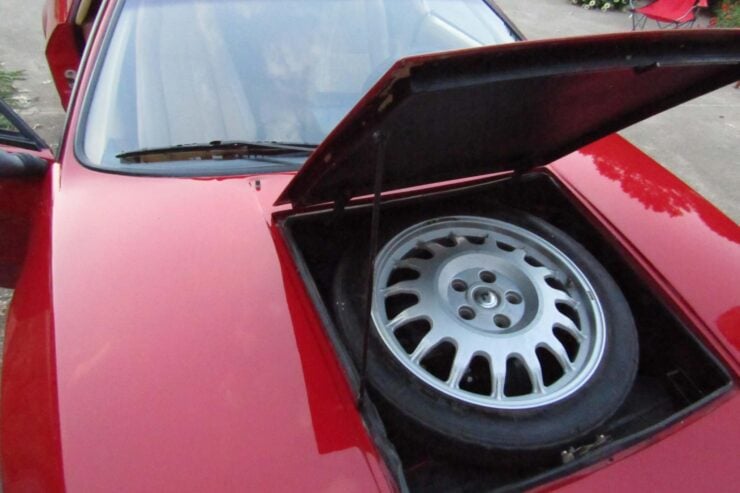
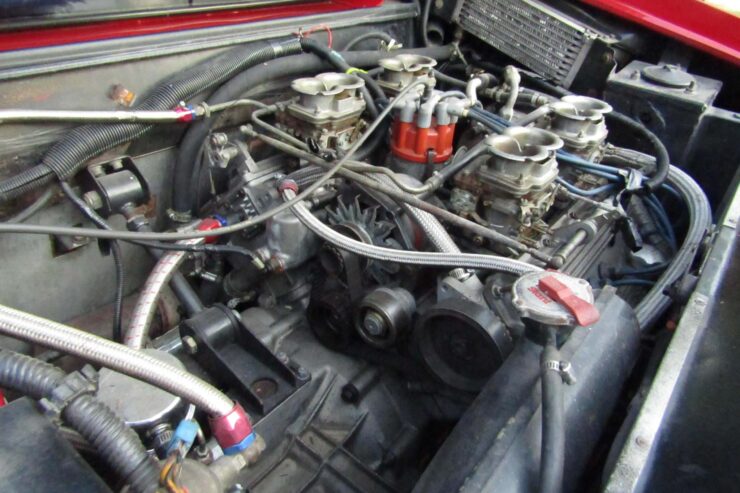
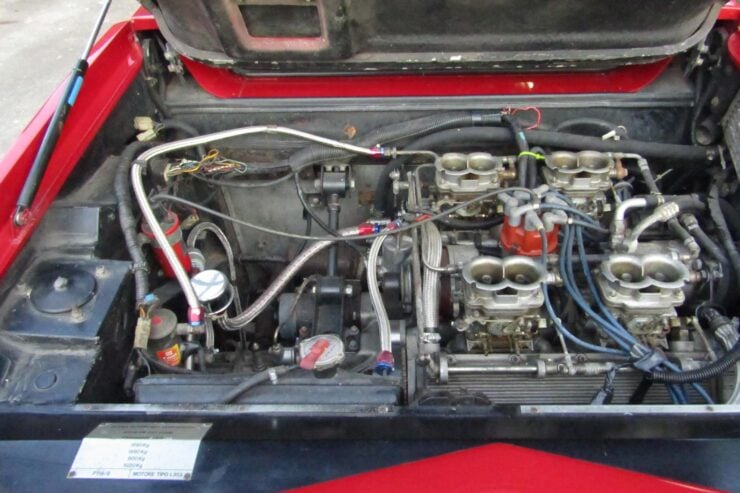
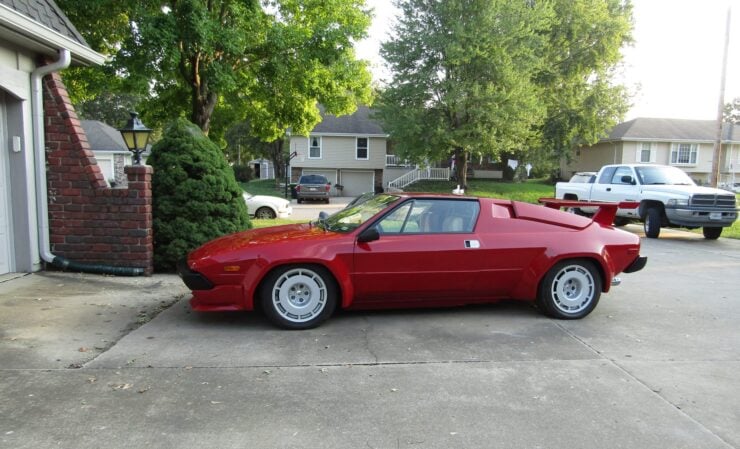
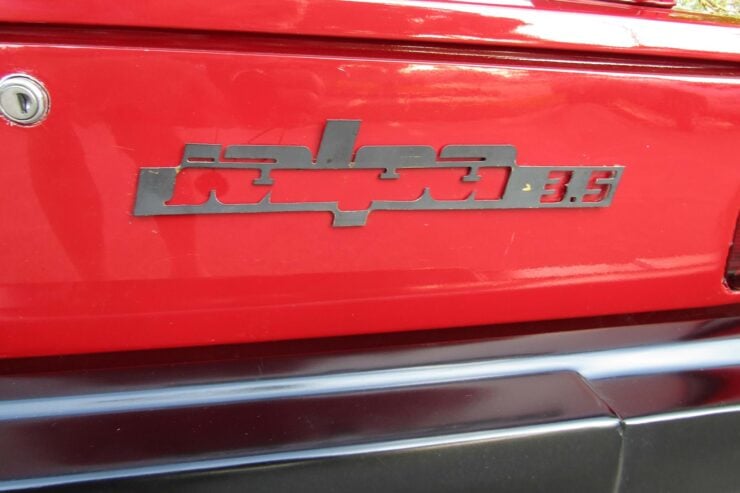
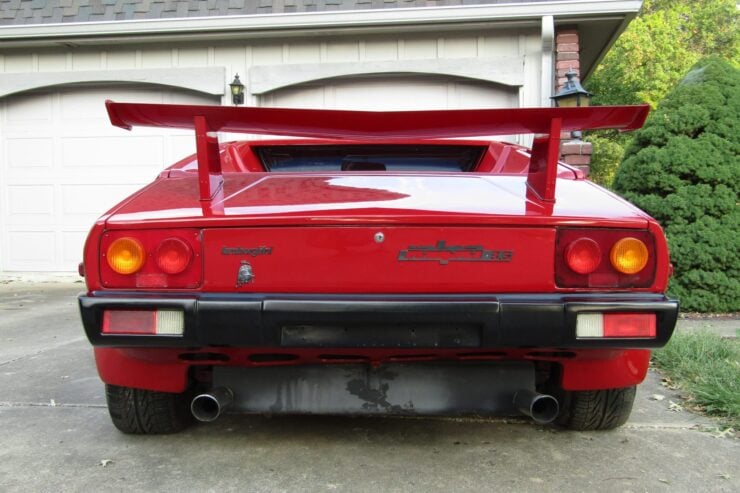
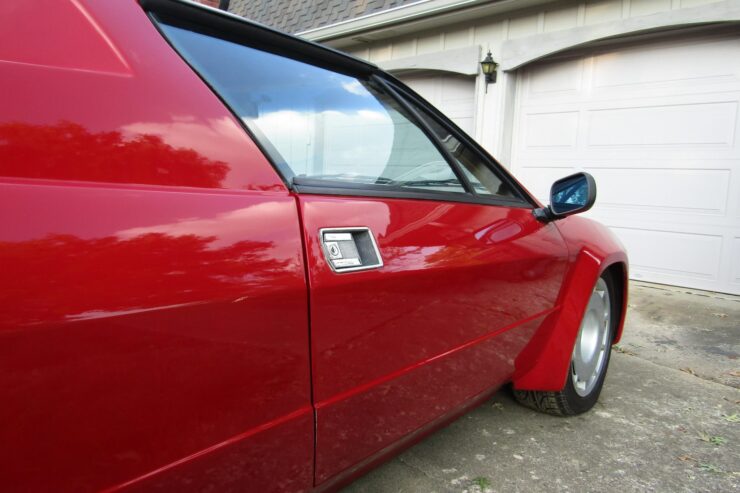
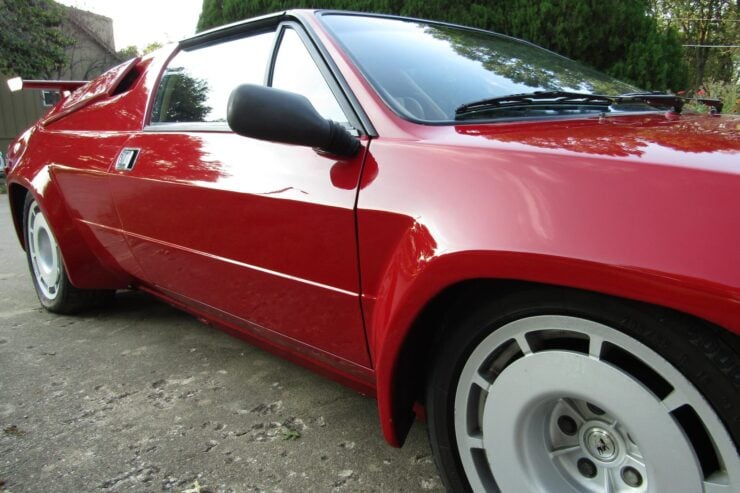
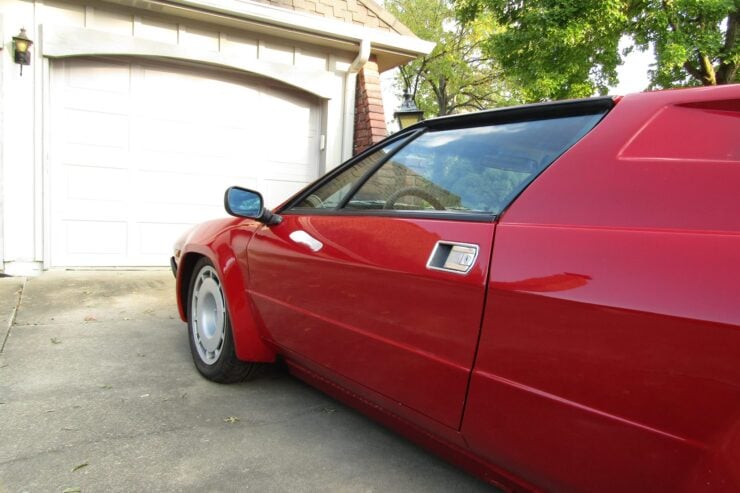
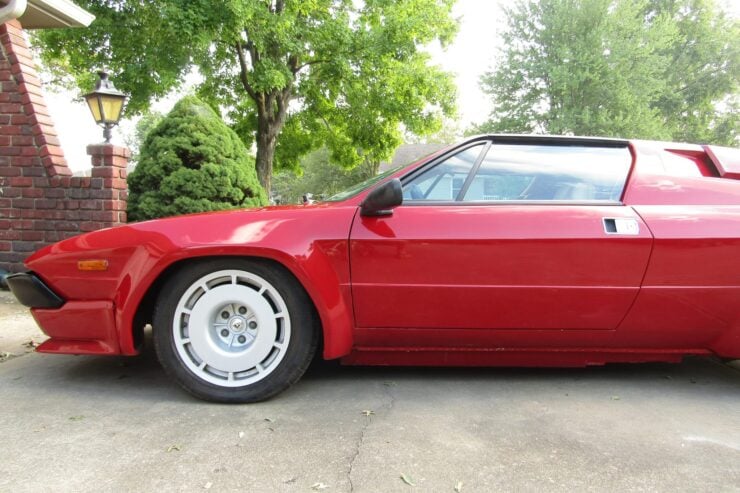
Images courtesy of Bring a Trailer

